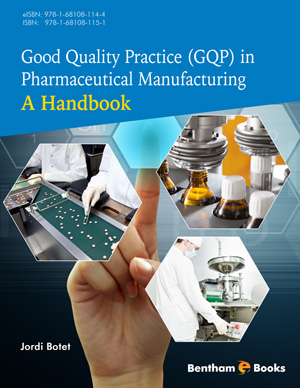Abstract
Pharmaceuticals are manufactured in purpose-build premises which are provided with controlled environment, with specialized equipment and with the necessary utilities. There, trained personnel following approved procedures transform inputs (materials) into outputs (pharmaceutical products). Therefore, the quality of these pharmaceuticals is linked to the quality of the above mentioned aspects. This was long understood and became the base of GMP: “keep the factors influencing quality under control and you will get quality”. Nowadays it is possible, and necessary, to implement risk management to better recognize and control these quality factors. But, be that as it may, it is evident that without knowing and understanding the hazards which threaten quality, any quality assurance policy is doomed to failure. Thus, premises, utilities, equipment and personnel are analyzed in order to detect which hazards loom on the quality of pharmaceutical products. Then, these quality hazards are described and their causes determined with the aim of proposing measures for reducing their likelihood or keeping them under control. It is interesting to underline that changes in systems and equipment and in approaches to hazard handling have contributed in diminishing the risk, but most of the hazards remain basically the same. There is a wide coverage of the hazards linked to harmful products and microorganisms and the preventive measures, according to the risk level.
Keywords: Airlock, biohazard, BSC, clean area, contained area, contamination, cross-contamination, dust exhaust, environmental contamination, equipment, error/mix-up, degradation, HEPA filter, HVAC, OEL, personnel, PPE, premises, utilities, waste disposal.






















